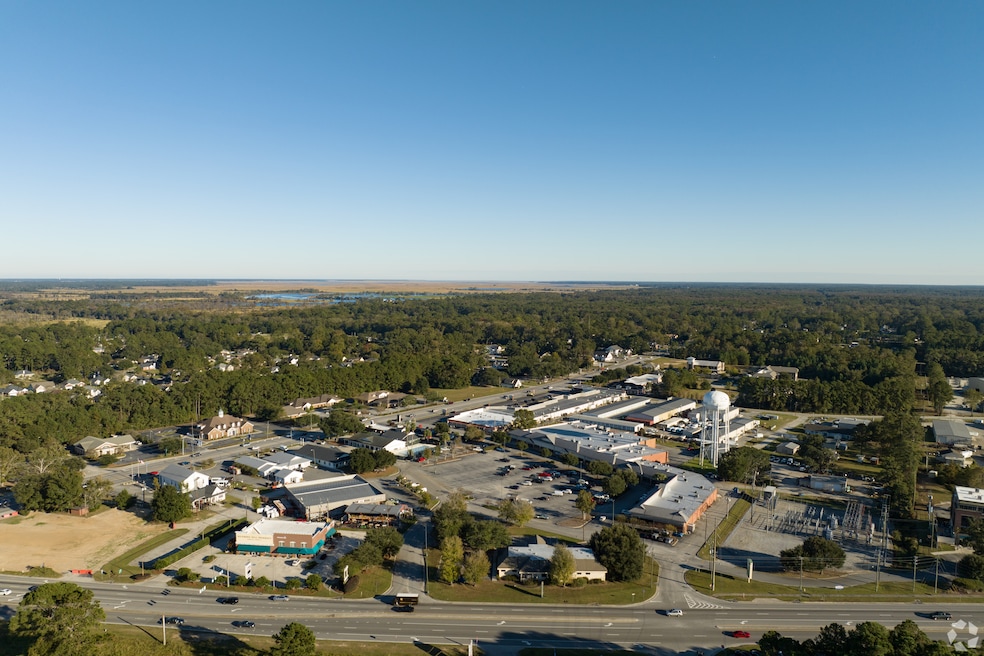The U.S. government is in settlement talks in a lawsuit against a Georgia builder over the alleged mishandling of Native American remains and tens of thousands of artifacts.
Savannah Land Holdings LLC began construction of Waterways, a 2,230-acre master-planned development, in 2007 in Richmond Hill, which is 22 miles northeast of Savannah. But the Army Corps of Engineers has suspended work on certain sections of the property amid allegations against the developer.
The government filed suit in January, alleging that Savannah Land:
- Failed to list every eligible artifact site.
- Didn't curate what it found, resulting in the loss of 3,000 Seminole artifacts.
- Mislabeled and misfiled another 80,000 remnants — primarily funerary items and human remains.
- Didn't cease construction upon finding the artifacts.
The company had sought more time to address the allegations before telling the court it was in settlement discussions with the government. Both parties told the U.S. District Court for the Southern District of Georgia on Friday that settlement discussions were ongoing.
The government is seeking to:
- Halt further construction on affected parts of the property.
- Protect the remaining artifacts.
- Impose civil penalties under the Clean Water Act.
The Waterways community sits on 250 acres of wetlands. Savannah Land has built single-family homes, two pools and gyms, a marina, restaurants and shops on the site.
Alex Hardee, with the U.S. Department of Justice's Environmental Defense Section, declined to comment on the case. Holland & Knight lawyers Laura Flint, Martin Alexander and Rafe Petersen, representing the builder, did not respond to multiple requests to comment.
The development team was required to notify the Army Corps of Engineers, the state historic preservation board and the Seminole Tribe of Florida of the discoveries. The firm allegedly failed to do so for years. Acting on a tip, an Army Corps representative visited the site in 2024 and reported finding thousands of artifacts at 18 sites.
"The artifacts at the sites have been damaged by construction of roadways and houses and by excavation of an artificial lagoon," the government alleged in the lawsuit. In one case, a burial urn was allegedly cleaned of its remains.

